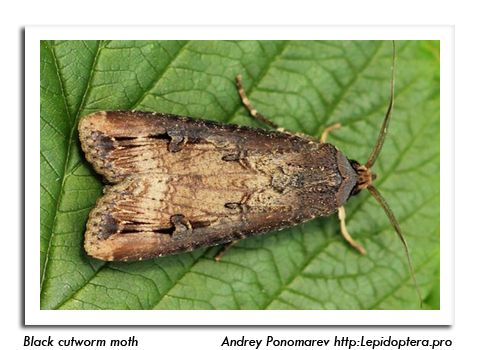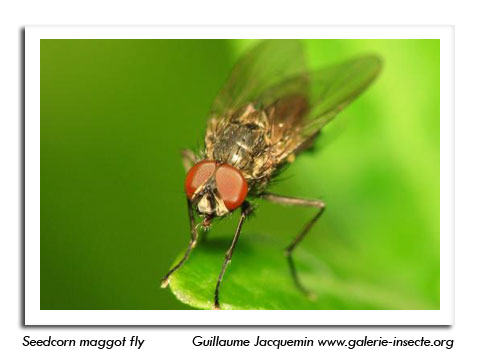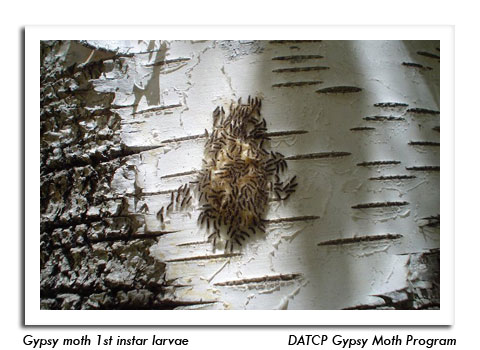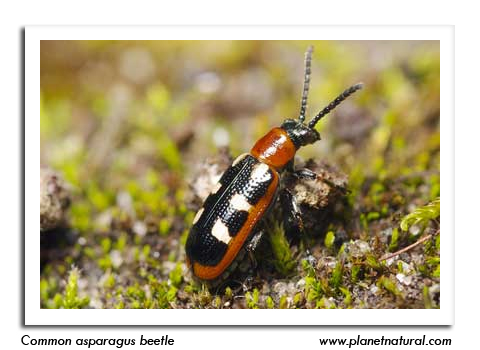
 |
|
|
Looking Ahead
Volume 64 Number 2 Date 05/09/2019 BLACK CUTWORM - Survey traps collected the largest weekly total count of the season from May 2-8, with 267 moths registered at 44 sites. Additional significant captures of nine moths in two nights were recorded at monitoring locations in Columbia, Dane, Dodge, Grant and Iowa counties. Based on the first major BCW migration event on April 12 and the expected slow accumulation of degree days over the next two weeks, the earliest peak corn cutting window will not open until May 27 near Beloit. The peak seedling corn damage period is forecast to open by May 29 near Madison and June 4 near Hancock. The late start to 2019 planting season and the consistent moth migrations documented since mid-April indicate a high risk of BCW damage to vegetative corn this spring. SEEDCORN MAGGOT - Cool, moist soil conditions prevalent statewide are less than optimal for rapid seed germination and highly favorable for seedcorn maggot (SCM) infestation. Seedling injury and stand establishment problems are likely for many corn, soybean and vegetable crops later this month. Peak fly emergence theoretically occurred last week across southern Wisconsin with the accumulation of 360 degree days (sine base 39°F), and is forecast for the Appleton, Hancock and Tomah areas of central Wisconsin in the week ahead. If SCM infestation is suspected, dig up apparent seed skips in the row and examine seed for evidence of damage. Cutworms, wireworms, and white grubs are other insects that can contribute to stand loss. GYPSY MOTH - Larvae began emerging from overwintered egg masses on May 6 in Dane County. Phenological indicators of gypsy moth egg hatch include beginning bloom of eastern redbud and saucer cup magnolia petal fall. Larval emergence is anticipated next week in central Wisconsin. CODLING MOTH - Evening temperatures in the week ahead (May 10-15) may be suitable for emergence of the first spring moths. Males fly and seek mates only if dusk temperatures are above 62°F. Daily monitoring of pheromone traps is suggested once the first moth appears and until the biofix, the date of a sustained moth capture on consecutive nights, is established. COMMON ASPARAGUS BEETLE - Emergence of overwintered adults is expected to begin by May 17 in southern Wisconsin and the La Crosse area. Scouting for the bluish-black beetles with cream-colored spots should begin just after asparagus plants emerge, or following the accumulation of 150 degree days (simple base 50°F). The most appropriate time to look for the beetles is in the afternoon when they are most active. -- Krista Hamilton, DATCP Entomologist 




|
|
|